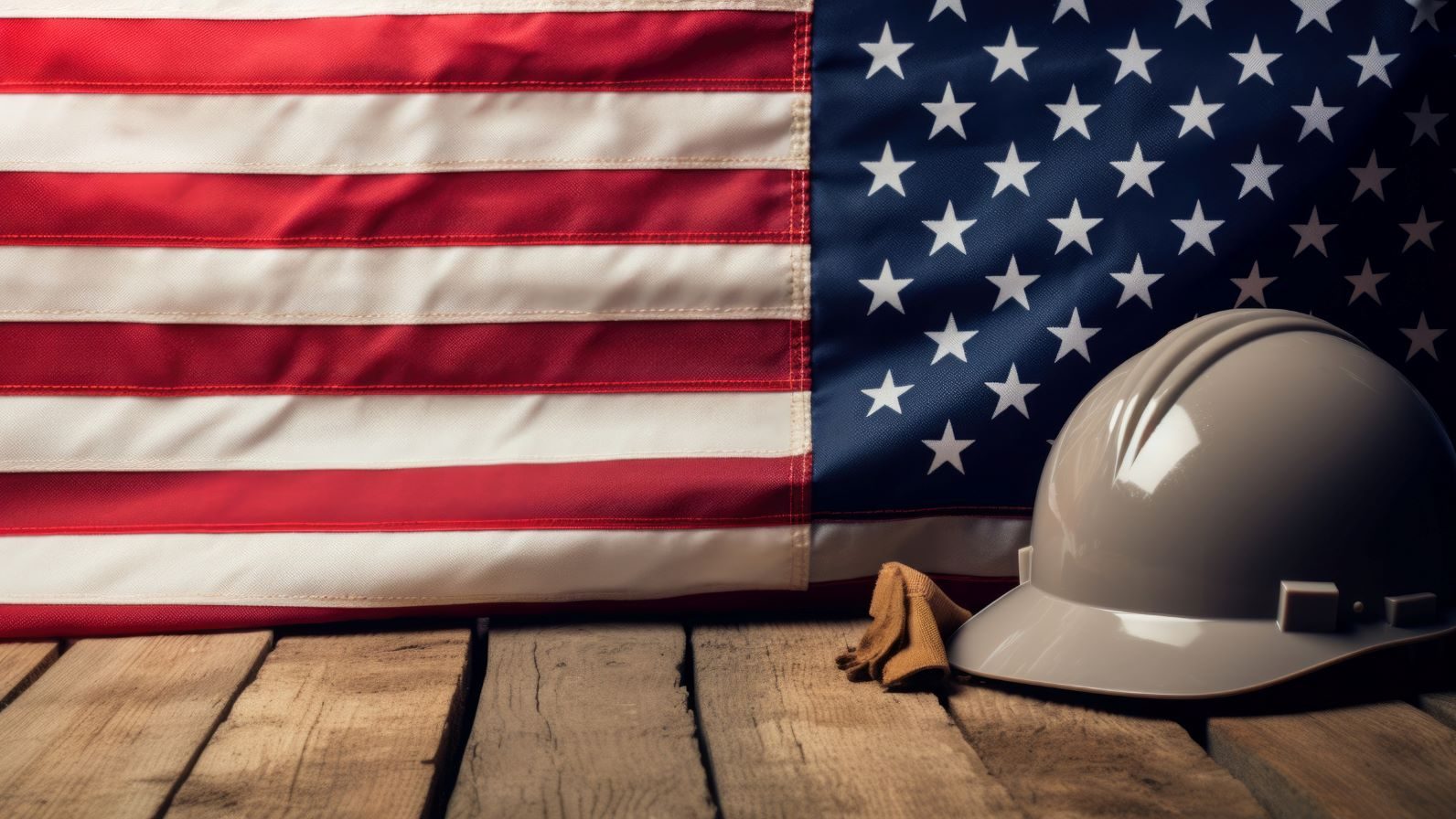
Labor Day 2023: The Historical Meaning Behind this National Holiday
We review the origins of a celebration intended to honor the workers movement in the United States
Labor Day, observed on the first Monday of September each year, is a very significant holiday in the United States. As you may know, this event marks the end of summer and is often associated with many fun activities such as barbecues, parades -like the West Indian American Day Parade in Brooklyn, NY-, and other outdoor activities
However, beyond the fun, relaxation and celebrations, Labor Day holds a deeper historical significance. It’s an event dedicated to honoring the achievements and contributions of the American labor movement to the economic, social and political development of the U.S. Here we tell you more about how this event began to be celebrated in the country and its meaning.
The Historical Meaning Behind Labor Day
The late 19th century was a tumultuous period in American history, marked by rapid industrialization, urbanization, and the rise of the labor movement. As factories sprung up across the nation and more workers toiled under harsh conditions for long hours and meager pay, labor unions began to form to fight for workers’ rights. These early labor activists fought for fundamental changes in the workplace, including safer working conditions, fair wages, and more reasonable working hours.
One of the key triggers for Labor Day was the labor movement’s desire to establish a national holiday to honor workers, a day that would celebrate the strength of labor organizations, while also providing a platform to address workers’ demands. In our country, a September holiday called Labor Day was first proposed in the early 1880s.
However, an alternative theory suggests that Labor Day found its genesis with Peter J. McGuire, a vice president of the American Federation of Labor. McGuire was inspired by labor-themed parades held in Toronto during the month of May. According to McGuire, on May 8, 1882, he presented a proposal to the Central Labor Union in New York City, advocating for the creation of a dedicated holiday to honor the laboring classes.
Despite these differing accounts of its origins, Labor Day didn’t receive official federal recognition until 1894. The state of Oregon led the way in 1887 by becoming the first in the country to designate Labor Day as an official public holiday. By 1894, 30 states had already officially embraced this holiday. In that same year, President Grover Cleveland signed a law acknowledging the first Monday of September as Labor Day, thus making it a federal holiday. This move by the government was aimed at appeasing the labor movement and acknowledging the vital role played by workers in the nation’s prosperity.
However, it’s crucial to remember the roots of Labor Day and the struggles faced by workers in the late 19th and early 20th centuries. The labor movement played a pivotal role in securing rights and protections for American workers, such as the establishment of the eight-hour workday, child labor laws, and workplace safety regulations.
In short, Labor Day in the United States is more than just a day off work and a reason to enjoy the last days of summer. It’s a day to commemorate the contributions of American workers and the labor movement’s historic battles for workers’ rights. The holiday serves as a reminder of the progress made in labor conditions and the ongoing need to protect and advocate for workers in the modern era.